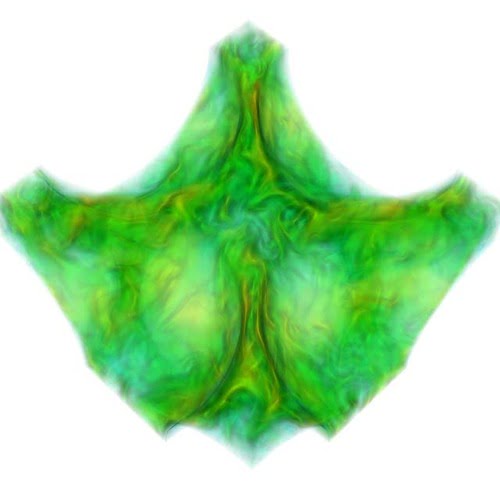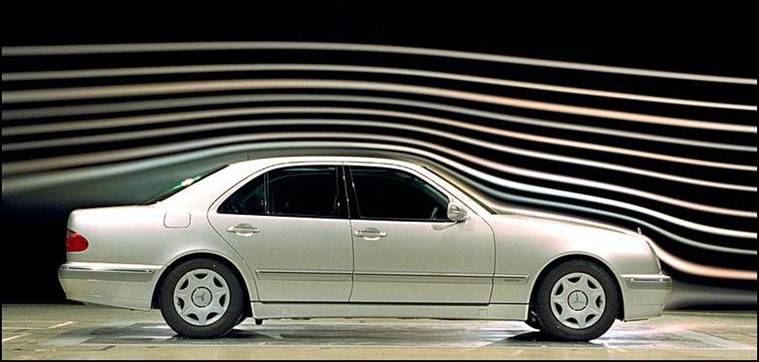Fluids round-up time! Here are your latest links:
- Over at PhysicsFocus, Colin White discusses the Bernoulli fallacy and other zombie myths of physics. (Via @JenLucPiquant)
- Aviation Week has an exclusive look at Skunk Works’ SR-72 next-gen hypersonic aircraft.
- MinutePhysics asks if it’s better to walk or run through rain. This post has another take on the question.
- io9 describes why bubbles lose their color as they pop.
- Physics Buzz looks at knotted fluid vortices. They also have a nice write-up on the foaming of a struck beer, which we talked about last week.
- Enjoy the beauty of mathematics next to the physics they describe. (via io9)
- More fun fluids from Physics Buzz, this time looking at new tiny jellyfish-like flying robots.
- Remember the Chelyabinsk meteor from February? Discovery reports on an analysis of the air burst and its probability.
- Is there fluid mechanics in neck cracking? (?!?)
- New research shows that mesoscale self-assembly can be achieved using capillary charges.
- Finally, our lead image shows a simulation of turbulent flow in a tightly packed lattice of spheres. It’s an entry from Argonne National Laboratory’s annual “Art of Science” contest. Take a look at the entries and vote for your favorites!





